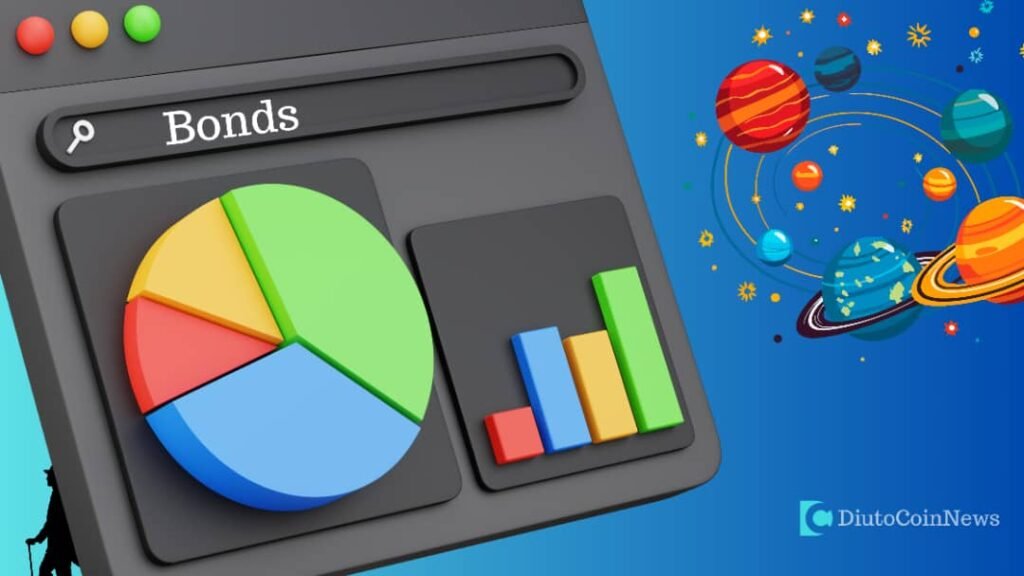Sharding refers to the process of breaking a large blockchain into smaller, more manageable pieces called “shards.”
Each shard operates as an independent blockchain, allowing for faster processing and more efficient scalability. This is essential when blockchains experience significant usage, preventing the system from becoming overwhelmed.
Imagine trying to manage a group chat with a million people—chaos, right? Now, break that up into smaller group chats. It becomes much easier to manage, and that’s the essence of sharding for blockchains.
Why Do Blockchains Need to Improve Speed?
Every node in a blockchain network is responsible for storing and verifying the entire history of transactions. As more users join the network, this places a huge load on the system, as each node must store every single transaction. This is like trying to carry all your groceries in one trip—impossible and inefficient.
As the blockchain becomes more congested, fewer nodes will be willing or able to participate, leading to a less secure and more vulnerable network. This is where scaling solutions like sharding become crucial.
A shard is essentially a mini-blockchain within the larger blockchain. By dividing the blockchain into multiple shards, each one handles a separate portion of transactions, allowing them to operate in parallel. This reduces the data load each node needs to manage and increases processing speed.
The result? More transactions can be handled at once, and the blockchain operates much faster—like upgrading from dial-up internet to fiber optic speeds.
How Does Sharding Work?
Here’s the basic mechanism:
1. The blockchain is divided into multiple shards.
2. Each shard has its own set of validators—computers that ensure transactions within that shard are legitimate.
3. When a user makes a transaction, it’s assigned to one of the shards rather than the entire network.
4. There’s a coordination layer, which ensures all shards stay synchronized, checking the validity of each shard’s transactions.
This setup makes the blockchain both scalable and secure, as the network is managed by a decentralized group of validators who ensure the integrity of transactions.
Why Sharding is Important
1. Increased Speed: Each shard operates independently, so there’s no waiting in line for transactions. This leads to faster processing and reduced transaction time.
2. More Transactions Per Second (TPS): Without sharding, Ethereum can only process 15-30 transactions per second (TPS). Sharding could potentially increase this to 100,000 TPS, rivaling traditional financial systems like Visa.
In simpler terms, sharding allows blockchain networks to avoid bottlenecks and high transaction costs, especially during times of high activity.
What Are the Drawbacks of Sharding?
1. Centralization Risks: Since each shard has its own set of validators, there’s a risk that too few validators per shard could lead to a concentration of power in certain groups, allowing bad actors to influence the network..
2. Data Inconsistencies: With multiple shards operating independently, there’s a risk that two shards might disagree on transaction data. This could be especially problematic in decentralized finance (DeFi) applications where accuracy is crucial..
Sharding vs Rollups vs Layer 2s
Sharding: Divides the network into smaller parallel chains, allowing for simultaneous transaction processing. It’s like splitting a highway into multiple lanes, with each shard acting as its own lane.
Rollups: Layer 2 solutions that process transactions off-chain and then post the results to the main chain. Think of it as taking a side road with a large group of people and then reporting only the total number of passengers to the main highway.
Difference: Sharding increases network capacity by creating more parallel channels, while rollups optimize by handling transactions off-chain and reducing data sent to the main chain.
Together, these solutions could make Ethereum the “Autobahn” of blockchains, with both more lanes and fewer cars.
Which Solution is Best?
Right now, it’s unclear which approach will dominate. Sharding is still in development, while rollups have been successfully implemented (shoutout to Arbitrum, Optimism, and zkSync). However, the best solution might be a combination of sharding, rollups, and other Layer 2 solutions.
Ethereum’s long-term vision is to scale without compromising decentralization or security, using a combination of these technologies.
Is Sharding the Future?
Blockchains struggle with speed and efficiency, especially when network usage spikes. Sharding may be the solution to these problems, enabling faster transactions and a more scalable system. However, it’s still in the development phase, and it may take time before it’s fully realized. That said, sharding is a promising technology with the potential to drive the future of blockchain.
Discover more from DiutoCoinNews
Subscribe to get the latest posts sent to your email.














